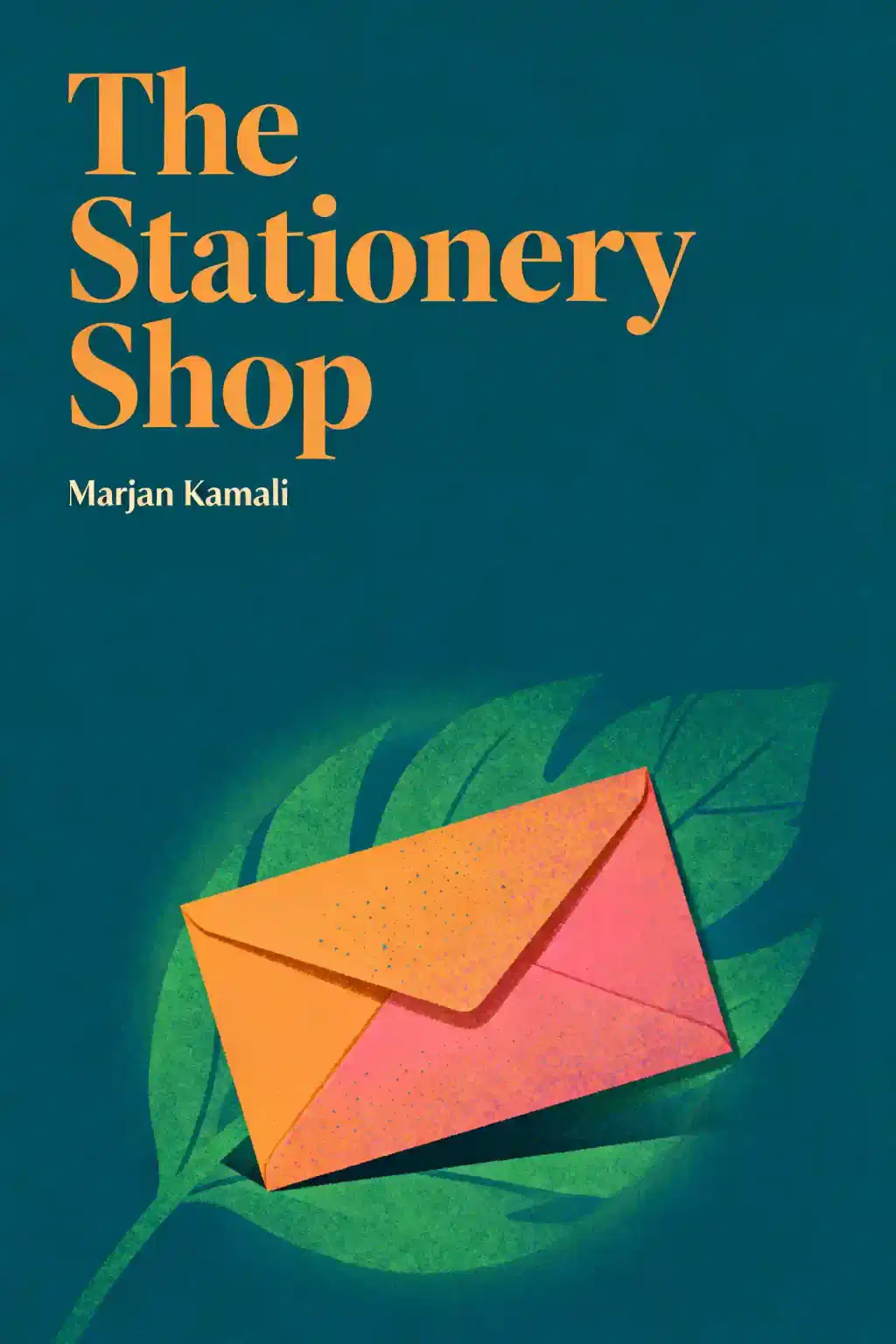
Funny in Farsi by Firoozeh Dumas Summary
Firoozeh Dumas' bestselling memoir hilariously chronicles growing up Iranian in America, bridging cultures with universal humor. Endorsed by President Jimmy Carter, featured on Jeopardy, and taught nationwide, it reveals how laughter transcends cultural boundaries. Ever wondered why immigrant stories make the best comedies?
About the author
Firoozeh Dumas, bestselling author of Funny in Farsi: A Memoir of Growing Up Iranian in America, is celebrated for her humorous and insightful exploration of cultural identity and the immigrant experience.
Born in Abadan, Iran, Dumas moved to California at age seven, navigating life between two cultures—a theme central to her memoir. Her work, blending memoir and humor, draws from her family’s resilience and her father’s colorful storytelling, offering a unique lens on assimilation, tradition, and belonging.
A UC Berkeley graduate in humanities, Dumas expanded her literary reach with Laughing Without an Accent (another New York Times bestseller) and the award-winning middle-grade novel It Ain’t So Awful, Falafel. Her essays and commentaries have graced the New York Times, NPR, and Gourmet Magazine, while her TEDx talks and lectures at schools nationwide underscore her role as a cultural bridge-builder.
Funny in Farsi remains a staple in literature courses, lauded for its universal themes and wit, and was a finalist for the PEN/USA Award and Thurber Prize. Dumas’s work has been translated into multiple languages, cementing her status as a voice of humor and humanity in cross-cultural storytelling.
FAQs About This Book
Funny in Farsi is a humorous memoir chronicling Firoozeh Dumas’s experiences growing up Iranian-American after moving from Iran to California in 1972. Through witty anecdotes, it explores cultural clashes, family dynamics, and the challenges of assimilation, while celebrating the resilience and humor of her immigrant family. Themes of identity, belonging, and cross-cultural understanding are woven into relatable stories.
This book appeals to readers interested in immigration stories, lighthearted cultural memoirs, or cross-family dynamics. Fans of David Sedaris-style humor or narratives like The Kite Runner (but lighter) will enjoy its blend of comedy and insight into Iranian-American life. It’s also ideal for book clubs seeking discussions on identity and multiculturalism.
Yes—it’s praised for its laugh-out-loud humor, heartfelt storytelling, and relatable immigrant experiences. A New York Times bestseller and Thurber Prize finalist, it balances cultural specificity with universal themes. Critics highlight its accessibility, though note its episodic structure lacks chronological flow.
Key themes include:
- Cultural duality: Navigating Iranian heritage and American life.
- Family bonds: Humorous yet tender portrayals of parent-child relationships.
- Assimilation struggles: Language barriers, food adventures, and stereotypes.
- Resilience: Finding joy and connection amid displacement.
Dumas rejects binary labels, asserting she’s “fully Iranian and fully American.” The memoir contrasts Iranian traditions (e.g., Nowruz celebrations) with American pop culture (e.g., Disneyland trips), showing how her family adapts without erasing their roots. It humanizes Iranian immigrants, countering post-1979 political stereotypes.
Notable episodes include:
- Her father’s obsession with free samples and flawed TV-inspired get-rich-quick schemes.
- Misadventures with American food (e.g., mistaking Jell-O for dessert).
- Her name being repeatedly mispronounced as “Firoooooooooze” in school rolls.
The book uses comedy to expose ignorance, like teachers struggling to locate Iran on a map or neighbors confusing Middle Eastern cultures. These moments highlight how curiosity and kindness bridge divides, such as when Firoozeh’s mother bonds with Americans over shared recipes.
Some note the memoir’s non-linear structure feels disjointed, jumping between childhood and adulthood. Others wish for photos to visualize family/cultural references. Despite this, its warmth and humor overshadow structural flaws.
The Persian translation became a 2005 bestseller despite Iran’s censorship climate, selling over 100,000 copies. Its focus on pre-revolutionary nostalgia and universal family themes resonated, though its translator was later arrested (unrelated to the book).
The memoir was a 2004 PEN Center USA Award finalist, a 2005 Audie Award finalist for best audiobook, and a 2005 Thurber Prize for American Humor finalist. It topped bestseller lists for the San Francisco Chronicle and Los Angeles Times.
Her follow-up, Laughing Without an Accent (2008), expands on similar themes with stories from adulthood. Both blend humor and cultural insight, but Funny in Farsi remains her most iconic for its foundational immigrant narrative.
The memoir highlights familial loyalty and generational clashes, such as her father’s pride in Iran versus his love for American gadgets. It underscores how humor and mutual respect help families navigate cultural shifts together.
Quick Summary Mode - Read or listen to Funny in Farsi Summary in 8 Minutes
Break down key ideas from Funny in Farsi into bite-sized takeaways to understand how innovative teams create, collaborate, and grow.
Flash Card Mode - Top 9 Insights from Funny in Farsi in a Nutshell
Distill Funny in Farsi into rapid-fire memory cues that highlight Pixar’s principles of candor, teamwork, and creative resilience.

Fun Mode - Funny in Farsi Lessons Told Through 18-Min Stories
Experience Funny in Farsi through vivid storytelling that turns Pixar’s innovation lessons into moments you’ll remember and apply.
Personalize Mode - Read or listen to Funny in Farsi Summary in 0 Minutes
Ask anything, pick the voice, and co-create insights that truly resonate with you.

From Columbia University alumni built in San Francisco
See More Stories?

Get the Funny in Farsi summary as a free PDF or EPUB. Print it or read offline anytime.
























